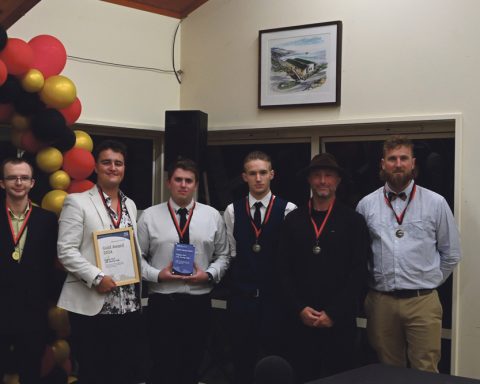As widely predicted, last Wednesday the Reserve Bank left the Official Cash Rate on hold again for the third consecutive time since they last increased it on May 24th.
They have however changed their commentary from a holding pattern to one that may require another increase if the inflation figures due out on October 17th don’t continue to head in a downward direction. (Funny how everywhere else in the world inflation figures are monitored on a monthly basis, but we hold our breath for 3 months before getting an update).
Every month there are more mortgages rolling off low fixed rates and it’s our belief they won’t need to increase rates again on November 29th at the next OCR announcement. The percentage of New Zealanders on higher interest rates continues to see us tightening our belts and I believe this will translate into a lowering of the inflation rates.
The upcoming election will also play a big part on what direction the country takes with Governmental spending which will also have an impact on our inflation.
So why are we still seeing fixed rates continue to trend up when the OCR isn’t increasing?
Because banks fund the money they borrow from various sources, including offshore; they are currently paying more for their wholesale funding lines because interest rates continue to increase on the back of ongoing financial unrest globally. This could still continue for some time.
What does that mean if I have a fixed rate coming due, and what should I do?
We currently have what is called an ‘Inverted Yield Curve’. Under normal circumstances, the yield curve is not inverted since debt with longer maturities typically carry higher interest rates than nearer-term ones. Basically, at the moment, the longer you fix for the cheaper it gets, where normally in NZ the longer you fix the more expensive it gets.
This doesn’t happen very often, in fact it has only occurred 6 times since 1978. Hopefully it means we are nearing the top of the interest rate cycle and often is an indicator that we are in or going into a recession. The outcome is generally that we will see interest rates start to fall; but when, is the million dollar question.
Our view is that we still have some pain to come through 2024, however short to medium term fixing (12-18 months) is still a good option to benefit off any falls in interest rates in the later part of 2024.
Everyone’s financial situation is unique, so it’s important to seek professional advice on your individual circumstances to ensure you choose the most suitable option for your needs. Financial advice and mortgage management tips with local mortgage advisors, Loan Market – award winning mortgage advisors











